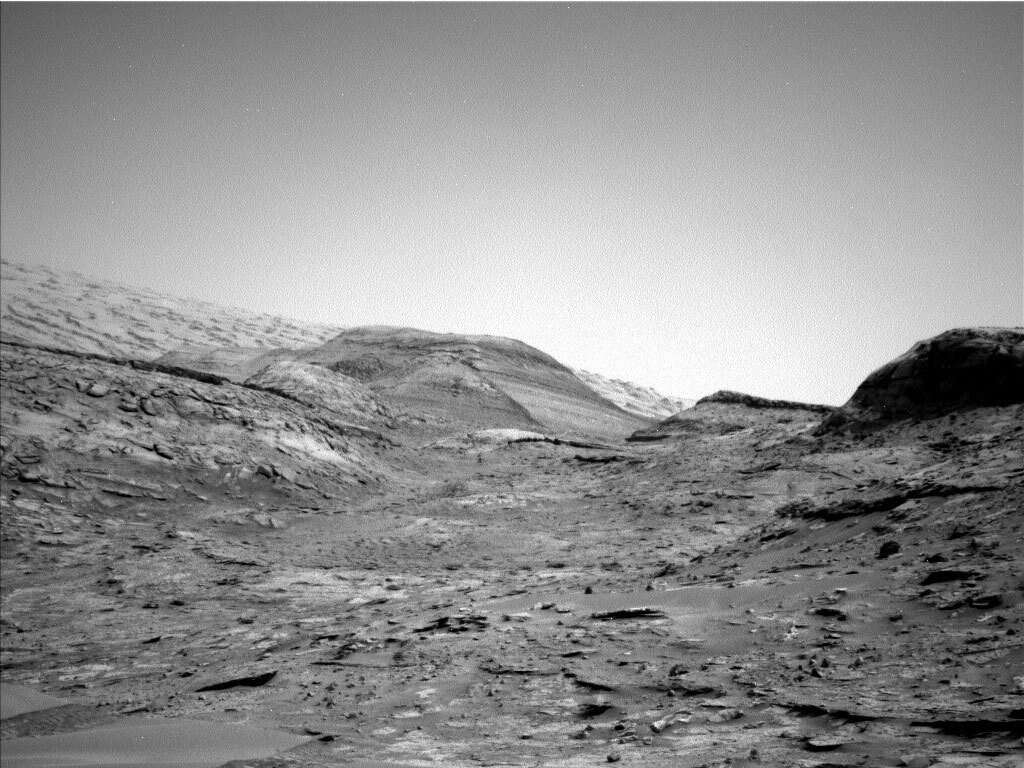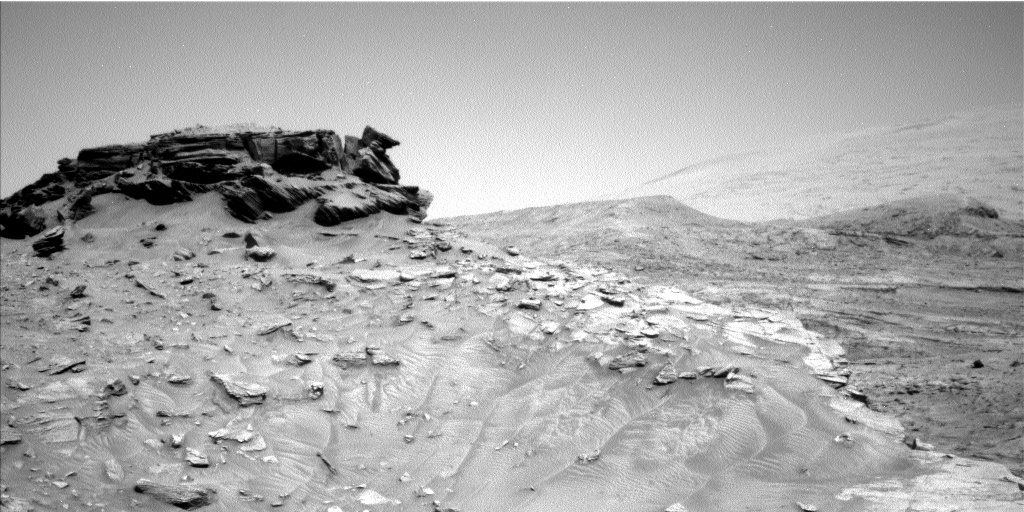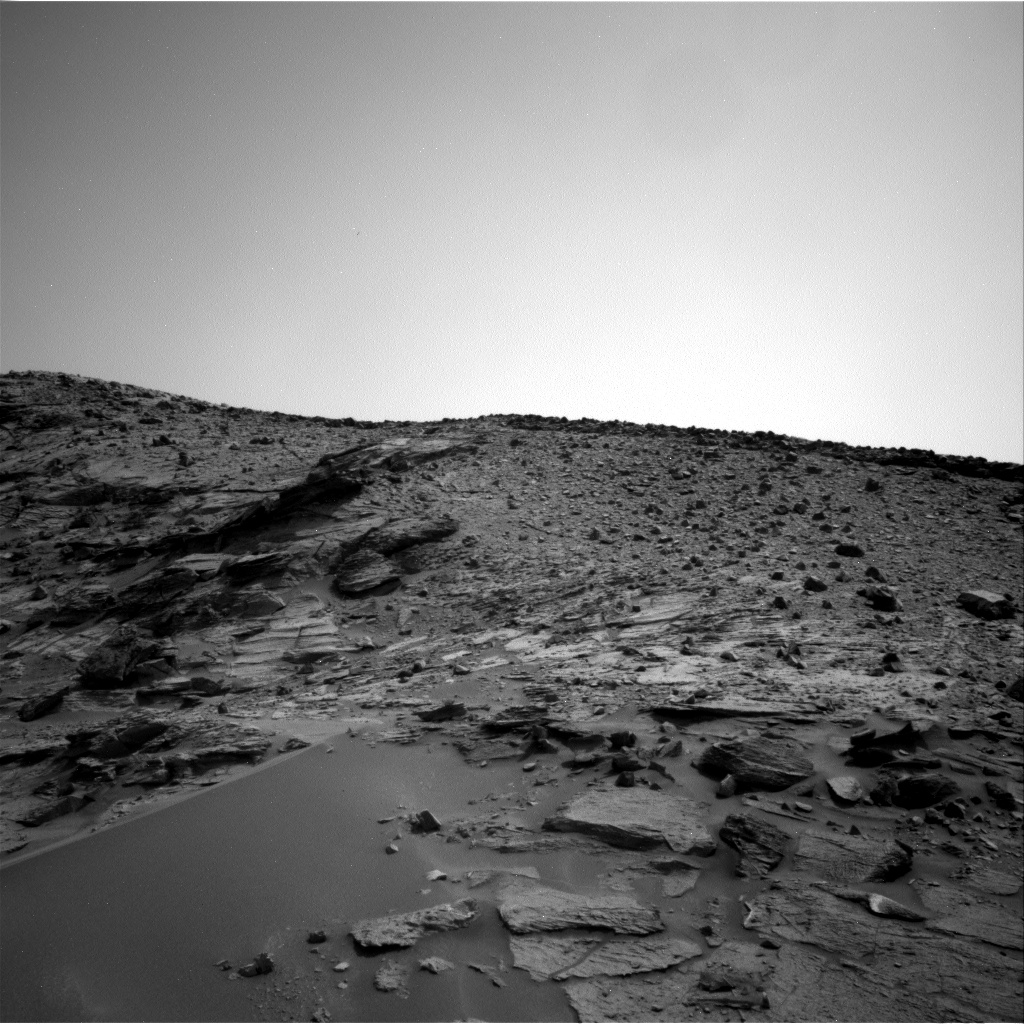2 min read

Our weekend drive brought us successfully to our planned stop. The priority in this Touch & Go drive plan is to image the buttes which surround us. Mastcam will image “Blackcraig” and “Maringma” buttes which lie on our left and right respectively as we continue to head down from the pediment, and “Deepdale” butte which is ahead of us in the distance.

Although we have imaged Blackcraig and Maringma previously, these new images will add to the dataset, allowing investigation of the structures from all angles. We can also focus images on features of interest, zooming in for a closer look. These datasets will be pored over for years to come… and not just because the Mastcam images are so incredibly beautiful!
With the priority on imaging, we kept our science requests to a very bare minimum, with no ChemCam in this plan. This allowed some wiggle time for APXS and MAHLI starting times, so they are doing an early morning Touch and Go (i.e., short integration before we drive) on “Colla Firth,” on a small slab of rock in front of us.

Mastcam will be taking some mid-drive imaging of rover wheel tracks, made as we passed this way on the way up to the pediment, about 70 sols ago. This novel activity will help us assess the rates at which sand is moving at ground level, over a two month period. ENV are also assessing dust movement, through “tau observations” to assess the rates at which dust is moving right now through the atmosphere.
Written by Catherine O'Connell-Cooper, Planetary Geologist at University of New Brunswick







